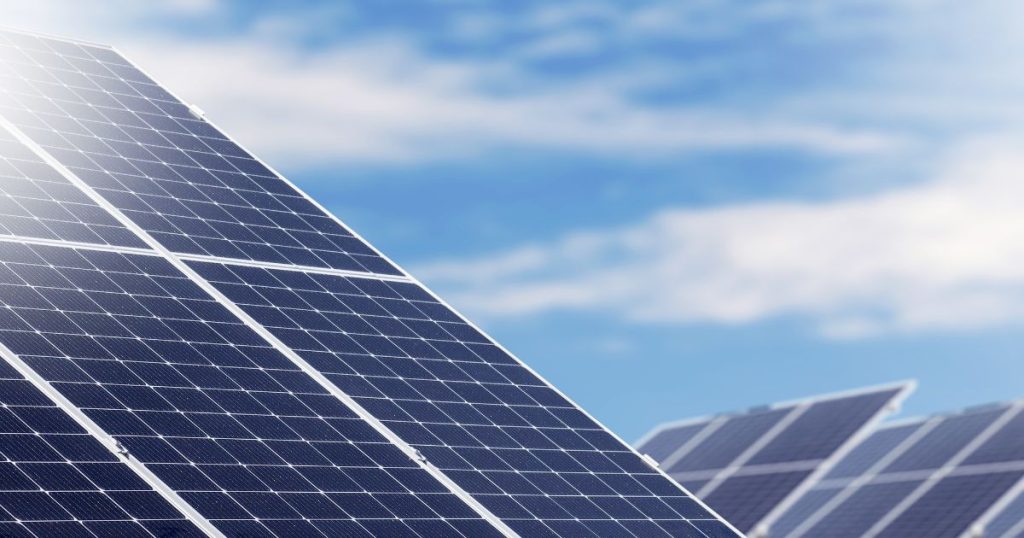Next-Gen Lithium Batteries Born from Discarded Solar Panels
3 min read
This article is included in these additional categories:
Chinese scientists have achieved a significant breakthrough by repurposing discarded solar panels to develop high-performance lithium batteries. This innovation holds promise for revolutionizing EVs and grid-scale energy storage.
Innovative Repurposing of Solar Panels
Researchers have found groundbreaking ways to extract silicon from old solar panels, creating high-performance silicon battery anodes. When these anodes are combined with a new type of electrolyte, the resulting lithium batteries can store significantly more energy than those using traditional graphite anodes. This makes the batteries more efficient and longer-lasting, which is crucial for applications such as EVs and large-scale energy storage.
Performance Improvements
The silicon anodes derived from recycled solar panels have shown impressive performance metrics. For example, they achieved an energy density of 154 watt-hours per pound (340 watt-hours per kilogram) for 80 charging and discharging cycles, far surpassing the limit of graphite anodes, which is 136 watt-hours per pound (300 watt-hours per kilogram). These anodes also demonstrated high durability, retaining 83.1% of their capacity after 200 charging cycles and boasting a coulombic efficiency of 99.9%.
Environmental and Economic Benefits
Repurposing solar panels for battery production offers substantial environmental and economic benefits. This approach helps mitigate the environmental impact of photovoltaic waste by preventing valuable materials from ending in landfills. Additionally, it reduces the cost of lithium-ion batteries, making their production more sustainable and accessible. Dong Tiantian, co-first author of the research paper, emphasized that converting waste into valuable battery components significantly lowers the overall cost and encourages the development of sustainable battery materials.
Extraction Process
The extraction of silicon from discarded solar panels involves several steps to ensure the silicon is purified and ready for reuse.
The recycling process for solar panels begins with dismantling them to separate the silicon cells from other components like glass, aluminum, and plastic. Next, the silicon cells undergo chemical treatment, soaking in hot, diluted phosphoric acid to remove metals such as aluminum and silver.
This treatment is repeated with fresh phosphoric acid to ensure the complete removal of metallic impurities, resulting in high-purity silicon wafers. In advanced methods, these purified silicon wafers are further processed into nano-silicon using a ball-milling technique, which enhances their properties for high-performance battery anodes.
Addressing Recycling Challenges
Recycling solar panels presents several challenges, including the lack of standardization, economic viability, limited infrastructure, environmental and health risks, and regulatory hurdles. Improving solar panel recycling infrastructure requires a multifaceted approach involving technological, economic, and policy innovations.
Increasing the number of specialized facilities through funding new plants and upgrading existing ones is vital to enhance solar panel recycling. Developing consistent, industry-wide standards can streamline the process and ensure safety. Financial incentives, like tax breaks or subsidies, can motivate companies to invest in recycling infrastructure.
Investment in research and development is crucial for creating more efficient and cost-effective recycling technologies. Building a robust infrastructure requires collaborating with governments, manufacturers, and recycling companies. Moreover, raising consumer awareness about recycling solar panels and providing convenient collection points can boost participation rates.
Future Implications
This recycling strategy addresses major challenges in battery materials and sets a precedent for sustainable innovation in the energy sector. Lead researcher Cui Guanglei expressed optimism that their work could pave the way for next-generation batteries, which are crucial for both EVs and large-scale energy storage systems. By transforming waste into a resource, these scientists prove that high-performance, environmentally sustainable lithium-ion batteries are within reach.





